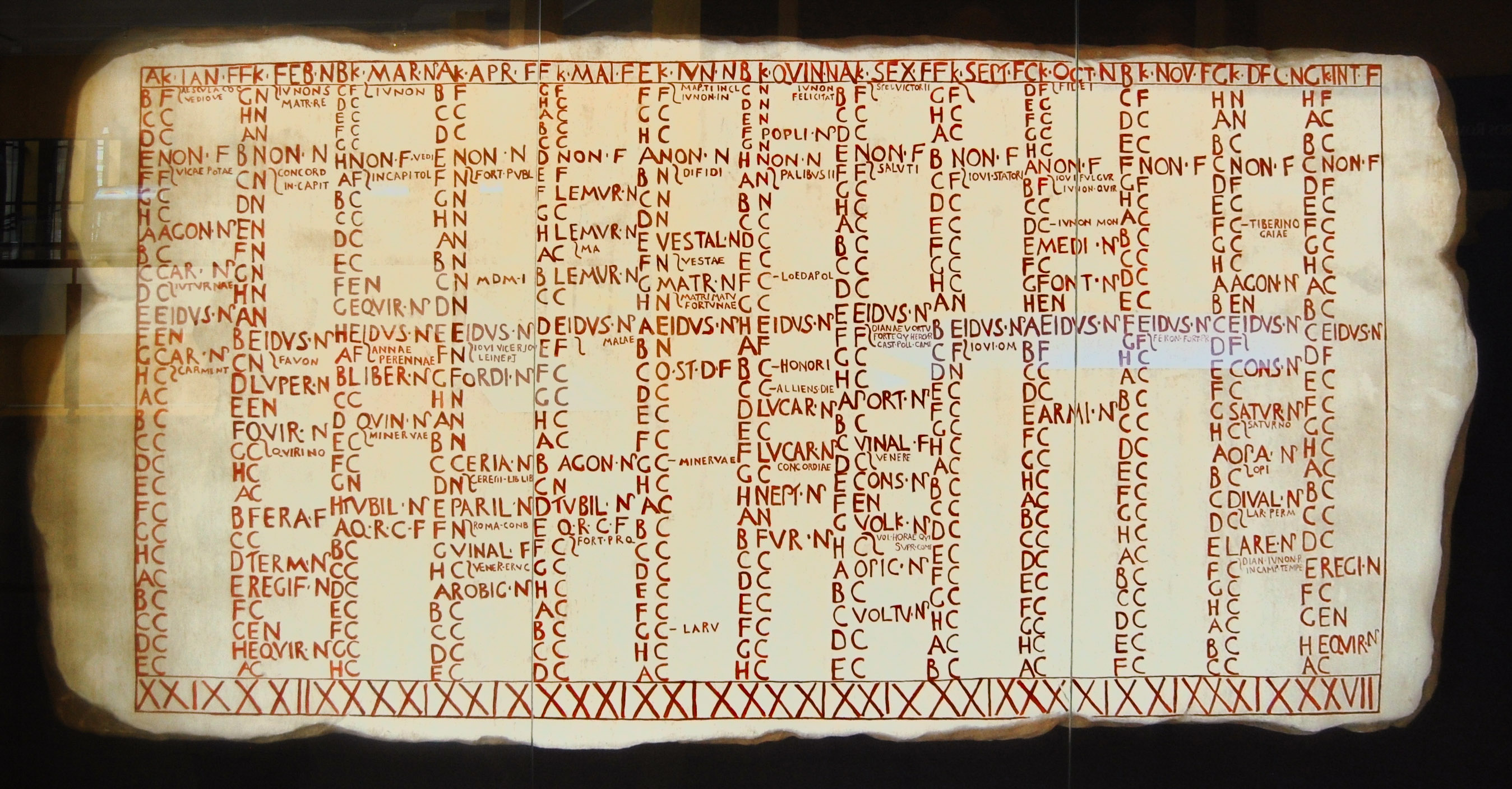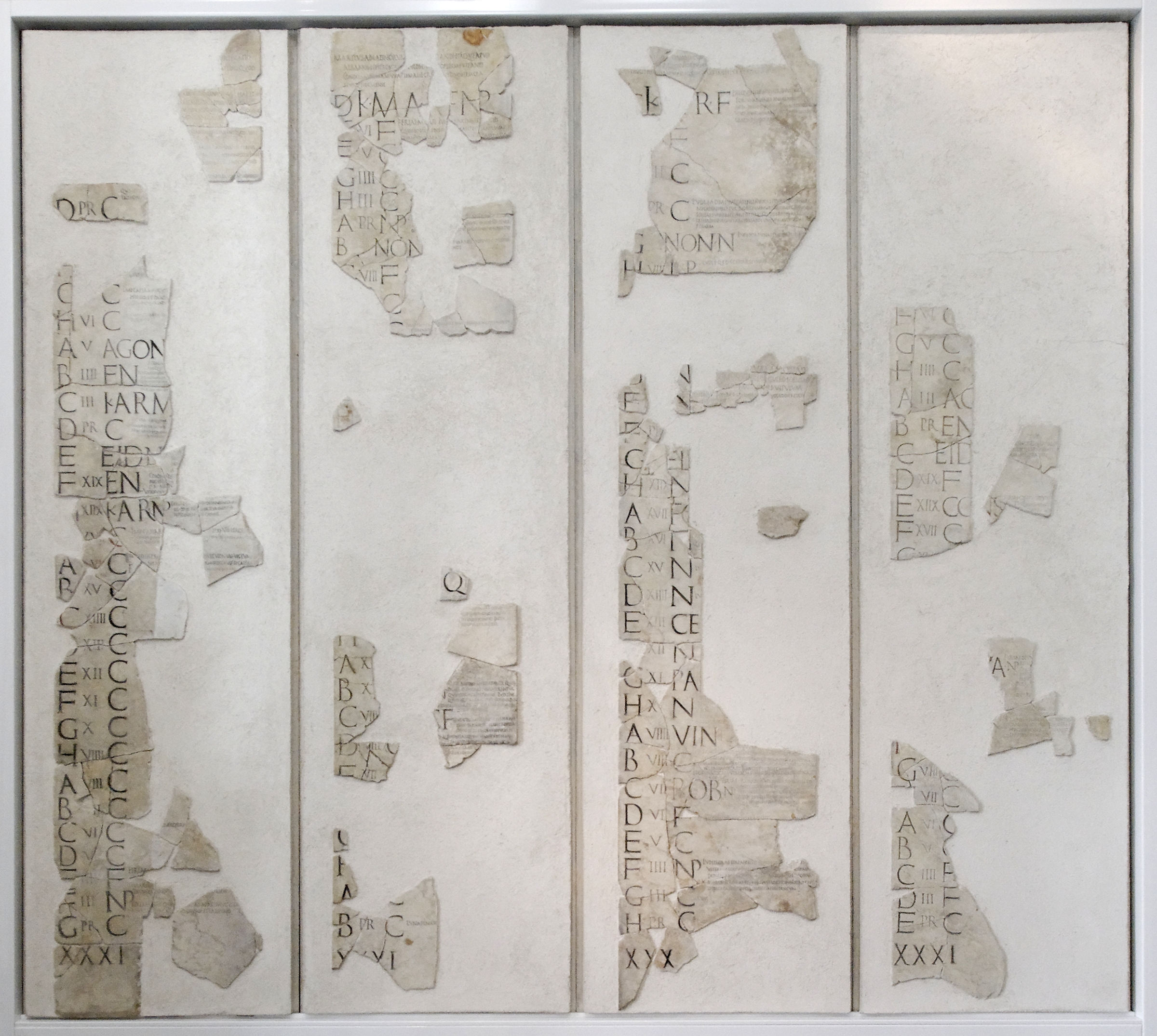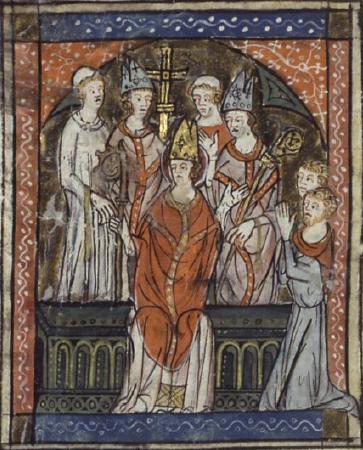|
Carloman II Of France
Carloman II ( 866 – 6 December 884) was the King of West Francia (future France) from 879 until his death. A member of the Carolingian dynasty, he and his elder brother Louis III, divided the kingdom between themselves and ruled jointly until the latter's death in 882. Thereafter Carloman ruled alone until his own death. He was the second son of King Louis the Stammerer and Queen Ansgarde. Early Life Carloman II was born around 866 as the second son of King Louis II the Stammerer and Ansgarde of Burgundy. His grandfather was Charles the Bald, himself a grandson of Charlemagne, placing him firmly within the prestigious Carolingian dynasty. Carloman and his older brother Louis were born while their father was still King of Aquitaine, before Louis the Stammerer ascended to the throne of West Francia. Succession to the throne Upon Louis the Stammerer's death, some Frankish nobles advocated electing Louis III as the sole king, but eventually both brothers were elected kin ... [...More Info...] [...Related Items...] OR: [Wikipedia] [Google] [Baidu] |
Gisant
A tomb effigy ( French: ''gisant'' ("lying")) is a sculpted effigy of a deceased person usually shown lying recumbent on a rectangular slab, presented in full ceremonial dress or wrapped in a shroud, and shown either dying or shortly after death. Such funerary and commemorative reliefs were first developed in Ancient Egyptian and Etruscan cultures, and appear most frequently in Western European tombs from the late 11th century, in a style that continued in use through the Renaissance and early modern period, and is still sometimes used. They typically represent the deceased in a state of "eternal repose", with hands folded in prayer, lying on a pillow, awaiting resurrection. A husband and wife may be depicted lying side by side. Medieval life-size recumbent effigies were first used for tombs of royalty and senior clerics, before spreading to the nobility. A particular type of late medieval effigy was the ''transi'', or cadaver monument, in which the effigy is in the macabre fo ... [...More Info...] [...Related Items...] OR: [Wikipedia] [Google] [Baidu] |
Amiens
Amiens (English: or ; ; , or ) is a city and Communes of France, commune in northern France, located north of Paris and south-west of Lille. It is the capital of the Somme (department), Somme Departments of France, department in the region of Hauts-de-France and had a population of 135,429, as of 2021. A central landmark of the city is Amiens Cathedral, the largest Gothic cathedral in France. Amiens also has one of the largest university hospitals in France, with a capacity of 1,200 beds. The author Jules Verne lived in Amiens from 1871 until his death in 1905, and served on the city council for 15 years. Amiens is the birthplace of French president Emmanuel Macron. The town was fought over during both World Wars, suffering significant damage, and was repeatedly occupied by both sides. The 1918 Battle of Amiens (1918), Battle of Amiens was the opening phase of the Hundred Days Offensive which directly led to the Armistice with Germany. The Royal Air Force heavily bombed the ... [...More Info...] [...Related Items...] OR: [Wikipedia] [Google] [Baidu] |
Empire Carolingien En 880
An empire is a political unit made up of several territories, military outposts, and peoples, "usually created by conquest, and divided between a dominant center and subordinate peripheries". The center of the empire (sometimes referred to as the metropole) has political control over the peripheries. Within an empire, different populations may have different sets of rights and may be governed differently. The word "empire" derives from the Roman concept of . Narrowly defined, an empire is a sovereign state whose head of state uses the title of "emperor" or "empress"; but not all states with aggregate territory under the rule of supreme authorities are called "empires" or are ruled by an emperor; nor have all self-described empires been accepted as such by contemporaries and historians (the Central African Empire of 1976 to 1979, and some Anglo-Saxon kingdoms in early England being examples). There have been "ancient and modern, centralized and decentralized, ultra-bruta ... [...More Info...] [...Related Items...] OR: [Wikipedia] [Google] [Baidu] |
Sacre Carloman2+Boso
Quebec French profanities, known as (singular: ; from the verb , "to consecrate"), are words and expressions related to Catholicism and its liturgy that are used as strong profanities in Quebec French (the main variety of Canadian French), Acadian French (spoken in Maritime Provinces, east of Quebec, and parts of Aroostook County, Maine, in the United States), and traditionally French-speaking areas across Canada. are considered stronger in Québec than the sexual and scatological profanities common to other varieties of French, (such as , "shit"). History The originated in the early 19th century, when the social control exerted by the Catholic clergy was increasingly a source of frustration. One of the oldest is , which can be thought of as the Franco-Canadian equivalent of the English "goddamn it". It is known to have been in use as early as the 1830s. The word in its current meaning is believed to come from the expression ("Don't say that, it is sacred/holy"). Eventuall ... [...More Info...] [...Related Items...] OR: [Wikipedia] [Google] [Baidu] |
Nones (calendar)
The Roman calendar was the calendar used by the Roman Kingdom and Roman Republic. Although the term is primarily used for Rome's pre-Julian calendars, it is often used inclusively of the Julian calendar established by Julius Caesar in 46 BC. According to most Roman accounts, #Romulus, their original calendar was established by their Roman legend, legendary list of kings of Rome, first king Romulus. It consisted of ten months, beginning in spring with March and leaving winter as an unassigned span of days before the next year. These months each had 30 or 31 days and ran for 38 nundinal cycles, each forming a kind of eight-day weeknine days inclusive counting, counted inclusively in the Roman mannerand ending with religious rituals and a Roman commerce, public market. This fixed calendar bore traces of its origin as an observational calendar, observational lunar calendar, lunar one. In particular, the most important days of each monthits kalends, nones (calendar), nones, a ... [...More Info...] [...Related Items...] OR: [Wikipedia] [Google] [Baidu] |
Monumenta Germaniae Historica
The (Latin for "Historical Monuments of Germany"), frequently abbreviated MGH, is a comprehensive series of carefully edited and published primary sources, both chronicle and archival, for the study of parts of Northwestern, Central and Southern European history from the end of the Roman Empire to 1500. Despite the name, the series covers important sources for the history of many countries besides Germany, since the Society for the Publication of Sources on Germanic Affairs of the Middle Ages has included documents from many other areas subjected to the influence of Germanic tribes or rulers (Britain, Czech lands, Poland, Austria, France, Low Countries, Italy, Spain, etc.). History The MGH was founded in Hanover as a private text publication society by the Prussian reformer Heinrich Friedrich Karl Freiherr vom Stein in 1819. The first volume appeared in 1826. The editor from 1826 until 1874 was Georg Heinrich Pertz (1795–1876), who was succeeded by Georg Waitz (1813–18 ... [...More Info...] [...Related Items...] OR: [Wikipedia] [Google] [Baidu] |
Ides (calendar)
The Roman calendar was the calendar used by the Roman Kingdom and Roman Republic. Although the term is primarily used for Rome's pre-Julian calendars, it is often used inclusively of the Julian calendar established by Julius Caesar in 46 BC. According to most Roman accounts, their original calendar was established by their legendary first king Romulus. It consisted of ten months, beginning in spring with March and leaving winter as an unassigned span of days before the next year. These months each had 30 or 31 days and ran for 38 nundinal cycles, each forming a kind of eight-day weeknine days counted inclusively in the Roman mannerand ending with religious rituals and a public market. This fixed calendar bore traces of its origin as an observational lunar one. In particular, the most important days of each monthits kalends, nones, and idesseem to have derived from the new moon, the first-quarter moon, and the full moon respectively. To a late date, the Coll ... [...More Info...] [...Related Items...] OR: [Wikipedia] [Google] [Baidu] |
Annales Vedastini
{{italic title The ''Annales Vedastini'' or ''Annals of St-Vaast'' are a series of annals written in the early tenth century at the Abbey of St. Vaast in Arras. They are an important source for the ninth century. The years from 874 to 900 are covered with a strong bias for Lotharingian and West Frankish affairs. Like the ''Annales Fuldenses'' and '' Annales Bertiniani'', the AV, as it is often abbreviated, was combined with the other '' Reichsannalen'' in the so-called ''Chronicon Vedastinum'', a general chronicle covering the history of the Carolingian Empire The Carolingian Empire (800–887) was a Franks, Frankish-dominated empire in Western and Central Europe during the Early Middle Ages. It was ruled by the Carolingian dynasty, which had ruled as List of Frankish kings, kings of the Franks since ... up until 899. See also * Reichsannalen References * Reuter, Timothy (trans.) The Annals of Fulda'. (Manchester Medieval series, Ninth-Century Histories, Volume II.) Manche ... [...More Info...] [...Related Items...] OR: [Wikipedia] [Google] [Baidu] |
Battle Of Saucourt-en-Vimeu
The Battle of Saucourt was part of the Viking expansion#West_Francia_and_Middle_Francia, Viking invasions of West Francia and occurred between forces of Vikings and the troops of Kings of West Francia, Louis III of France and his brother Carloman II, on 3 August 881 at Ochancourt, Saucourt-en-Vimeu. Background Following the Battle of Thimeon near Charleroi where the Vikings were defeated by Louis the Younger, King of East Francia, they resumed their raids on the West Frankish kingdom. After taking Kortrijk in November 880, they raided Arras and Cambrai in December. Later in 881, they sacked Amiens and Corbie. Battle Louis and Carloman were victorious, in what must have been a rare pitched battle, against the northern raiders in which some 9,000 Vikings were slain according to the Annales Fuldenses, Annals of Fulda. The battle is celebrated in the Old High German poem ''Ludwigslied''. Despite winning the battle, Louis was unable to take advantage of this victory since he would di ... [...More Info...] [...Related Items...] OR: [Wikipedia] [Google] [Baidu] |
Cambrai
Cambrai (, ; ; ), formerly Cambray and historically in English Camerick or Camericke, is a city in the Nord department and in the Hauts-de-France region of France on the Scheldt river, which is known locally as the Escaut river. A sub-prefecture of the department, Cambrai is a town which had 32,501 inhabitants in 2018. It is in the heart of the urban unit of Cambrai with 46,772 inhabitants. Its functional area, a more extensive range, included 94,576 inhabitants in 2018.Comparateur de territoire: Aire d'attraction des villes 2020 de Cambrai (108), Unité urbaine 2020 de Cambrai (59403), Commune de Cambrai (59122) INSEE With |
Arras
Arras ( , ; ; historical ) is the prefecture of the Pas-de-Calais department, which forms part of the region of Hauts-de-France; before the reorganization of 2014 it was in Nord-Pas-de-Calais. The historic centre of the Artois region, with a Baroque town square, Arras is in northern France at the confluence of the rivers Scarpe and Crinchon. The Arras plain is on a large chalk plateau bordered on the north by the Marqueffles fault, on the southwest by the Artois and Ternois hills, and on the south by the slopes of Beaufort-Blavincourt. On the east it is connected to the Scarpe valley. Saint Vedast (or St. Vaast) was the first Catholic bishop in the year 499 and tried to eliminate paganism among the Franks. By 843, Arras was seat of the County of Artois which became part of the Royal domain in 1191. The first mention of the name ''Arras'' appeared in the 12th century. Some hypothesize it is a contraction of '' Atrebates'', a Belgic tribe of Gaul and Britain that u ... [...More Info...] [...Related Items...] OR: [Wikipedia] [Google] [Baidu] |
Kortrijk
Kortrijk ( , ; or ''Kortrik''; ), sometimes known in English as Courtrai or Courtray ( ), is a Belgian City status in Belgium, city and Municipalities in Belgium, municipality in the Flemish Region, Flemish Provinces of Belgium, province of West Flanders. With its 80,000 inhabitants (2024) Kortrijk is the capital and largest city of the judicial and administrative arrondissement of Kortrijk. The wider municipality comprises the city of Courtrai proper and the villages of Aalbeke, Bellegem, Bissegem, Heule, Kooigem, Marke (Belgium), Marke, and Rollegem. Courtrai is also part of the cross-border Lille-Kortrijk-Tournai metropolitan area. The city is on the river Leie, southwest of Ghent and northeast of Lille. Mouscron in Wallonia is just south of Courtrai. Courtrai originated from a Gallo-Roman town, ''Cortoriacum'', at a crossroads near the Leie river and two Roman roads. In the Middle Ages, Courtrai grew significantly thanks to the flax and wool industry with France and En ... [...More Info...] [...Related Items...] OR: [Wikipedia] [Google] [Baidu] |










